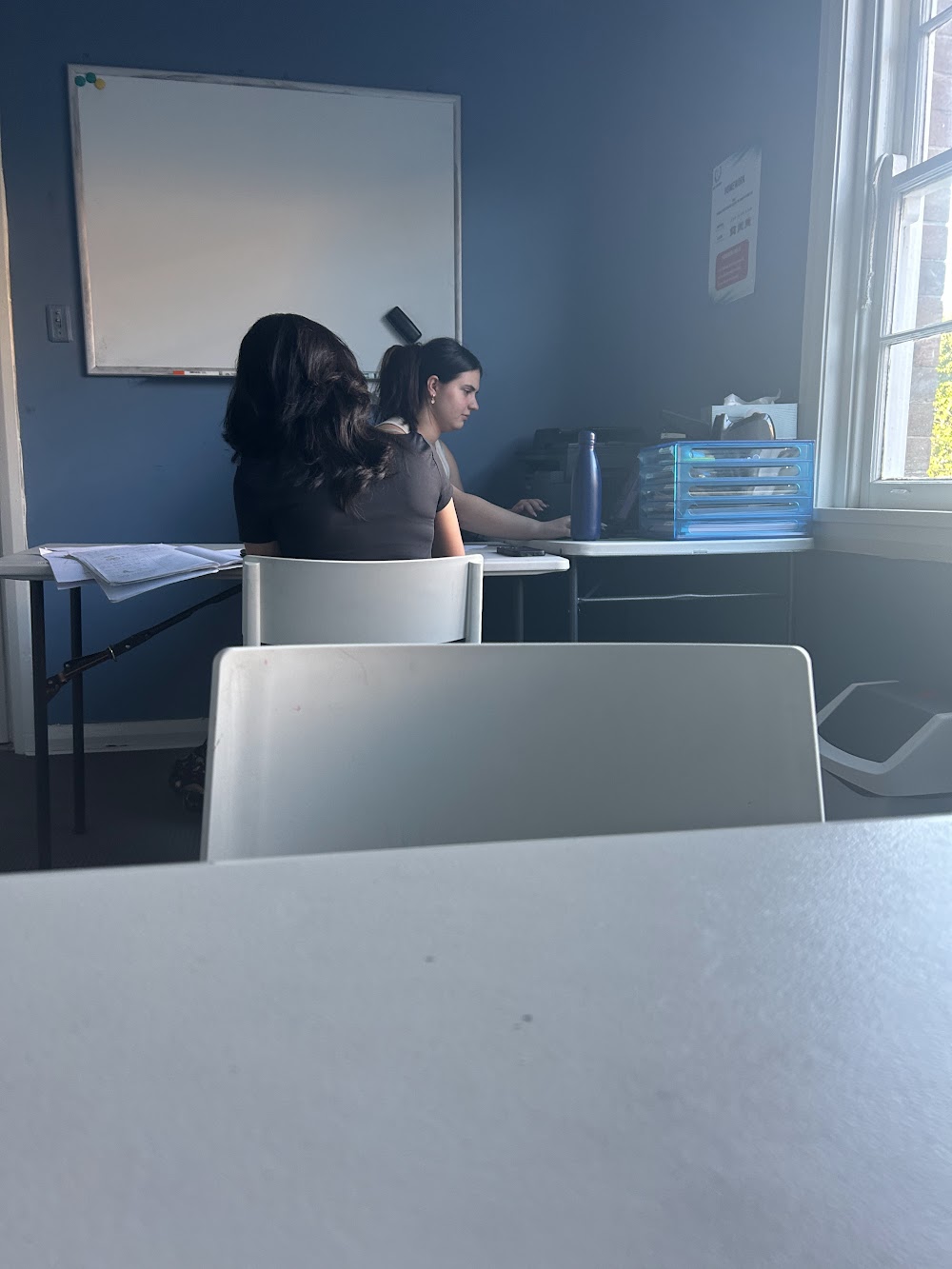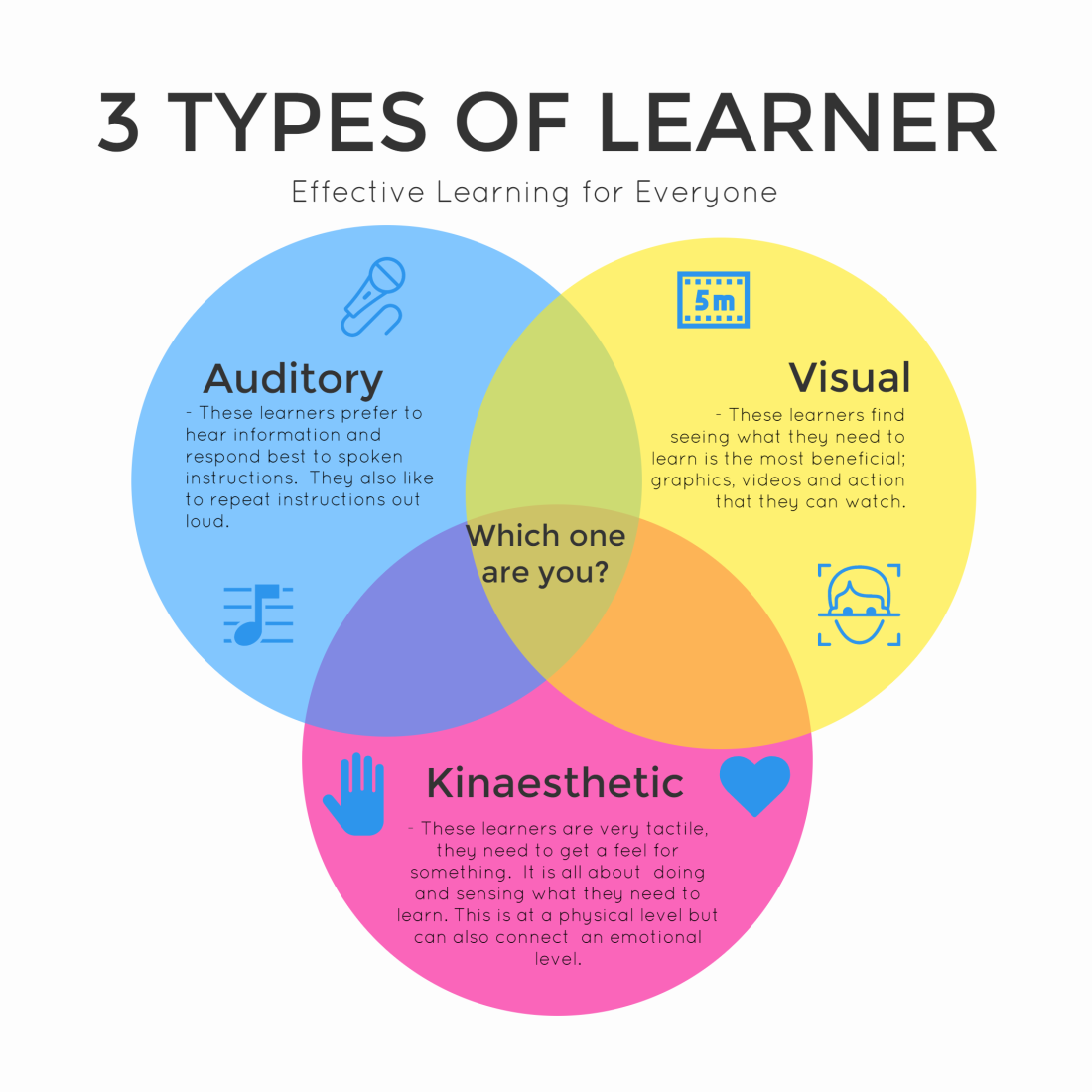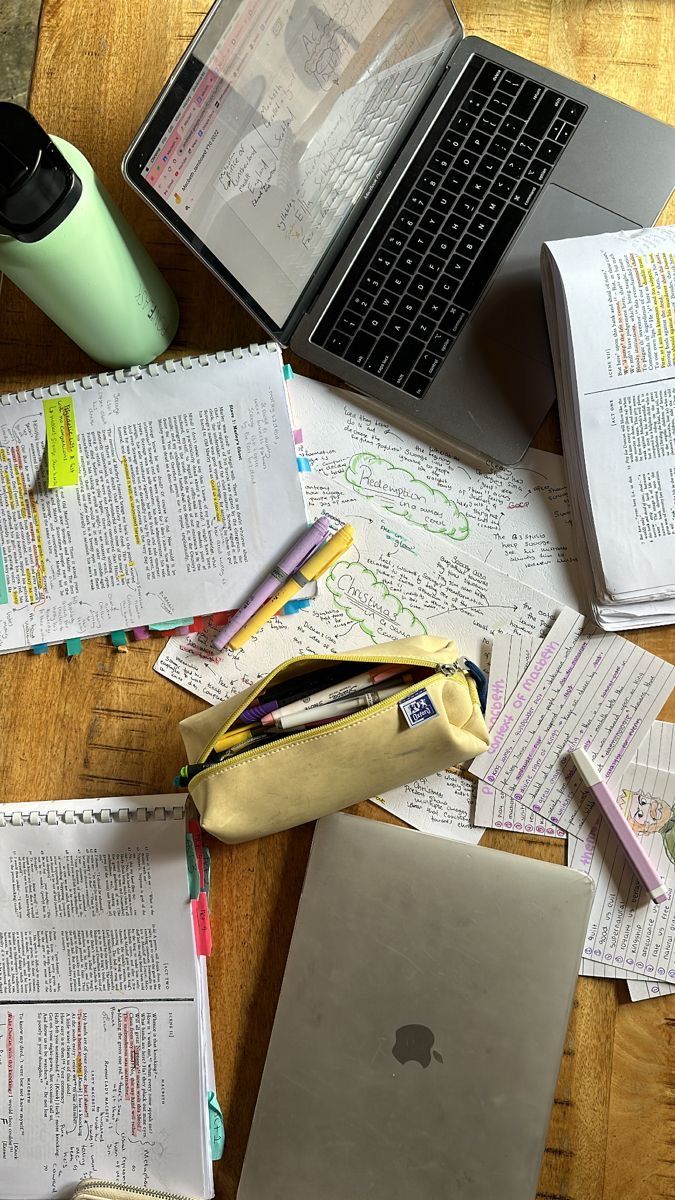
In the tutoring environment, homework plays a crucial role in strengthening learning, building independence, and ensuring students genuinely progress. While tutoring sessions provide guided instruction and real-time correction, homework extends that learning beyond the session, giving students the space to practise, consolidate, and apply new skills on their own. Without this, tutors will never really know if the student fully understands the work and can apply their knowledge.
One of the primary benefits of homework is reinforcement. Concepts covered during a lesson can fade quickly if not revisited, especially for students who struggle with confidence or retention. Homework allows them to rehearse these ideas, turning short-term understanding into long-term mastery.
Homework also promotes accountability as when students know they’re expected to complete work independently, they begin developing stronger study habits, time management skills, and a sense of ownership over their learning. For many students, this shift allows them to transform from passive recipients of knowledge into active learners who can recognise their strengths and tackle their weaknesses.
From the tutor’s perspective, homework provides invaluable insight. Reviewing a student’s independent work reveals patterns that may not appear during guided sessions, such as, common errors, misunderstandings, rushed thinking, or areas where extra support is needed. This feedback helps tutors tailor future lessons more effectively, ensuring the lessons are personalised.
Importantly, homework should be purposeful, not excessive or burdensome. Thoughtful tasks that reinforce key skills or preview upcoming topics can make tutoring more efficient and meaningful. When implemented well, homework becomes a tool that empowers students, deepens engagement, and builds academic resilience.
Ultimately, homework isn’t just an extension of tutoring, it is an essential part of the learning journey, fostering independence and confidence long after the session ends.
Rheanna Leontsinis











